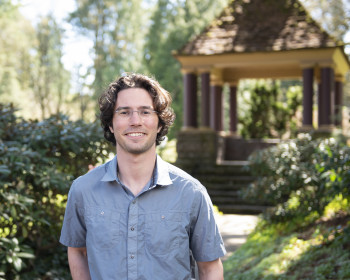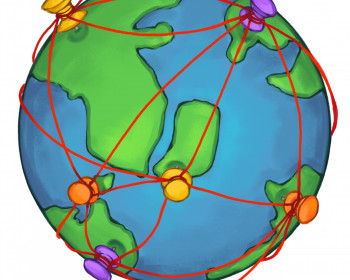Alum’s Documentary About Family Ranch Airs on PBS
Samantha Robison BA ’08 captures the passing of a uniquely American way of life in a documentary about her family’s fourth-generation cattle ranch. The film, 108 Max Lane, is available for viewing on the PBS website.
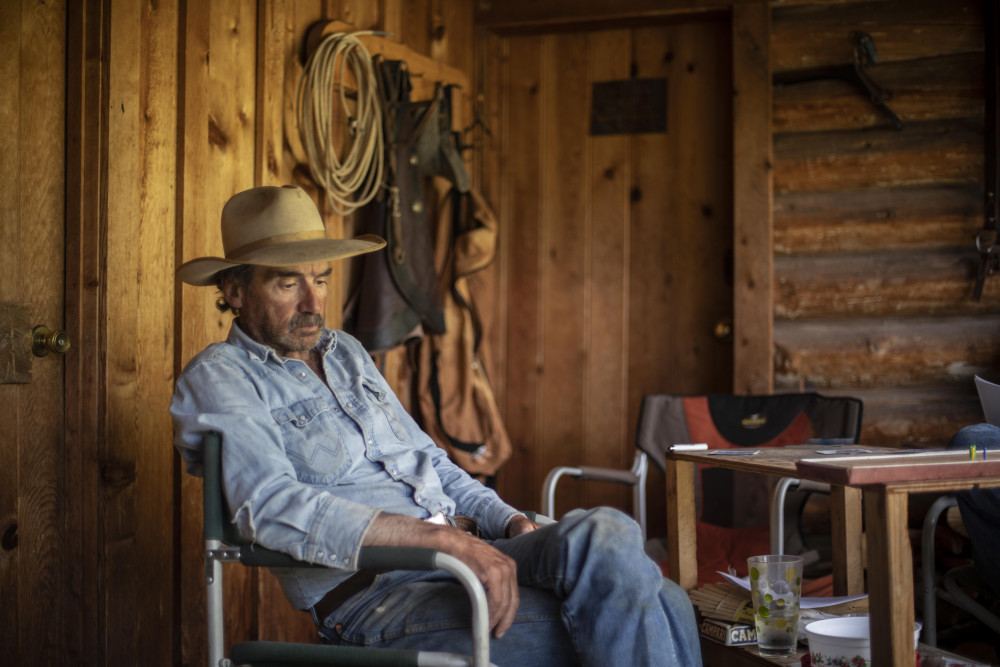
by Gabe Korer BA ’23
Samantha Robison BA ’08 paints on a broad career canvas. For more than 10 years, she has worked abroad in the humanitarian aid sector while coordinating multiple projects through Awareness and Prevention Through Art (aptART), a nonprofit she founded. AptART consists of a worldwide network of artists and activists who create collaborative public art with marginalized groups in countries such as Jordan, Iraq, Syria, Turkey, Mozambique, and Kenya, as well as in the United States.
More recently, Robison has extended her creativity and artistic passion to film. In 2021, she created a documentary titled 108 Max Lane, which centers around a Montana cattle ranch that has been in her family for four generations. The 18-minute documentary aired on PBS late last fall.
“By looking at this really specific thing, cattle ranching, I’m trying to touch on all of these other elements of change that are happening in the world and in the United States,” Robison says. “I’m hoping that comes through in this film.”
The Creation of 108 Max Lane
Robison’s documentary film is named after the address to her family’s cattle ranch. 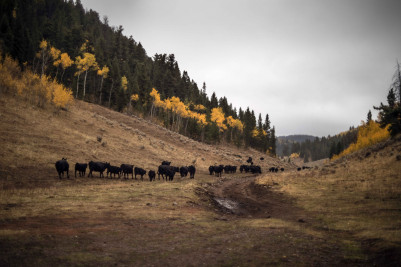
The conception of Robison’s documentary derives from a course called Social Documentation, which she took as part of her MFA program at the University of California at Santa Cruz. As part of the course’s thesis guidelines, she was required to make a 20-minute documentary film.
Initially, Robison planned to focus on surfers in Mozambique, where she lived off and on since 2010. However, the country’s travel restriction during the COVID-19 pandemic required Robison to come up with a new topic. She landed on her family’s cattle ranch in the Madison River Valley.
“I was visiting my parents who have retired to the ranch. At one point, I was looking out the window, and I saw how beautiful it was. I was like, ‘Oh, maybe I could do something about Montana.’ It’s just so, so gorgeous here.”
To make the documentary, Robison trailed her uncle for more than a year, often working under conditions of extreme cold. One of the main challenges she encountered was ensuring the cattle wouldn’t be spooked by her film equipment. Luckily, Robison’s background in photography, as well as her firsthand experience visiting the ranch as a kid, allowed her to transition smoothly to capturing beautiful shots in her videographic work.
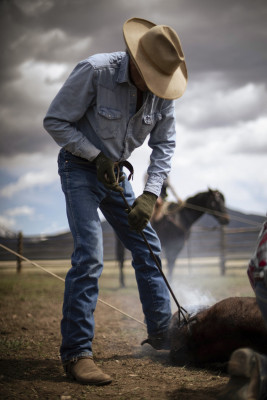
A broader trend Robison’s film points to is that, for many smaller family-owned cattle ranches, it is becoming increasingly difficult to afford the operational costs associated with running them. What this means is that the cattle ranches that have remained within the same families for generations are now being sold to corporations. To Robison, it reflects the current reality of rural gentrification, which is affecting communities all over the United States.
“Something that I’m very aware of is that we’re going to lose that ranch … it isn’t going to be in our family for much longer. And this is part of a larger trend,” Robison says. “The film includes a larger narrative about how cash-poor/asset-rich families are selling off their land because they can’t afford to compete against larger corporate operations. Family ranching is dying.”
Although 108 Max Lane captures a way of life that is slowly passing, it also illustrates the beauty and serenity of cattle ranching as well as the value of keeping this enterprise in the hands of family-owned operations. Through the nationwide distribution network of PBS, the film’s message has reached a wider audience than she ever thought possible.
“It’s an honor to be recognized by PBS,” says Robison, “but it’s also really cool to get to share this story of my uncle with so many other people.”
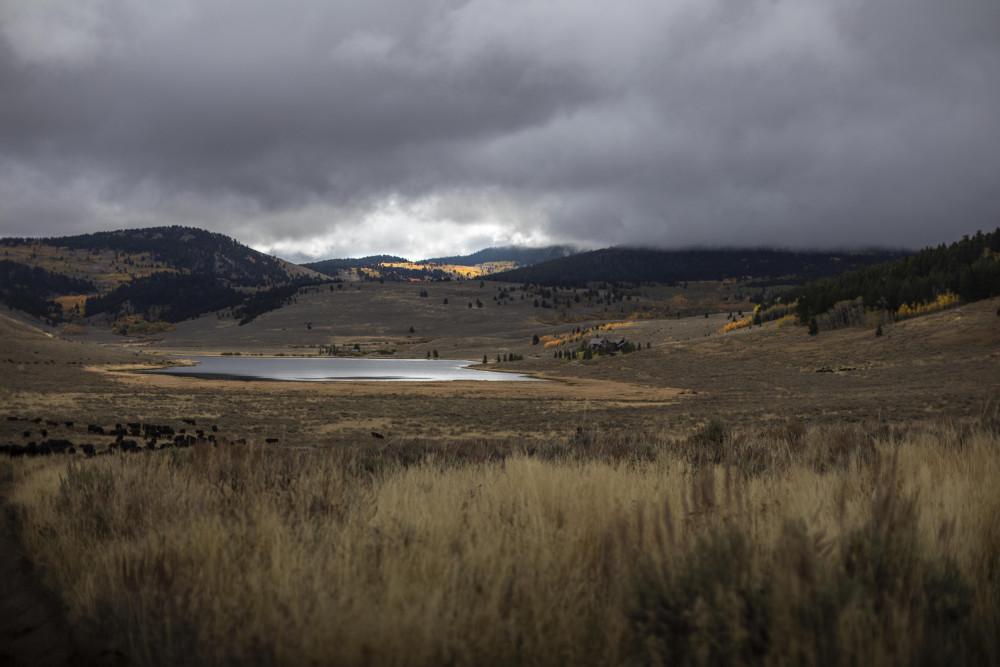
Fostering Human Connection
As a student at Lewis & Clark, Robison furthered her passion for art by pursuing a minor in ceramics, specifically through the tutelage of the late Ted Vogel, associate professor of art and studio head of ceramics. She also describes the influence of Todd Lochner, Pamplin Professor of Government, and John Holzwarth, assistant professor with term, whom she says helped guide her as a political science major.
“Mostly what I really appreciate about my experience at Lewis & Clark is that I was pushed,” says Robison. “I like to tell people that I never took a multiple-choice test in my entire four years in the political science department. They taught us how to think, and they taught us how to present ideas and to communicate. And I’m so grateful for that.”
Since earning her MFA in 2021, Robison has continued her work with aptART, for which she was previously awarded L&C’s Outstanding Young Alumna Award in 2015, while also working as the creative director for an NGO called Make Life Skate Life, which builds skate parks within underserved communities.
In working on the various aspects of these projects, including photography and graphic design, Robison strives to use her artistic passion to foster connection.
“What I’m trying to show is that our shared humanity transcends a person’s gender, ethnic background, race, country, nationality, or any number of other things,” Robison says. “I think a lot of my work—whether it be filming, photographing, painting murals, or building skate parks—involves connecting on a human level.”
More Newsroom Stories
Public Relations is located in McAfee on the Undergraduate Campus.
MSC: 19
email public@lclark.edu
voice 503-768-7970
Public Relations
Lewis & Clark
615 S. Palatine Hill Road MSC 19
Portland OR 97219
